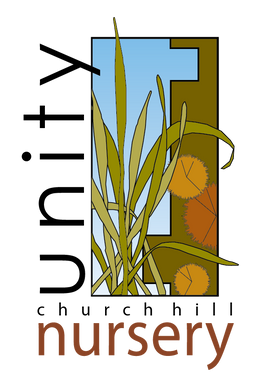Lobelia cardinalis (Cardinal Flower)
- Low stock - 5 items left
- Inventory on the way
Lobelia cardinalis, commonly referred to as cardinal flower, is a native perennial wildflower which typically grows in moist locations along streams, springs, and swamps as well as in low wooded areas with wetter soils. Cardinal flower is somewhat short-lived and clump-forming in nature, and from late spring into early autumn, produces spikes of large, striking, cardinal red flowers on singular stalks that typically grow to between two and three feet tall.
In landscape plantings, cardinal flower is easily grown in rich organic, medium to wet soils, and performs best in full sun or part shade. Since it is relatively moisture-loving in nature, Lobelia cardinalis has high water needs in the home garden once established, though it can be grown in a variety of locations; that said, cardinal flower still does best with well-draining soils, as sitting in consistently wet soil or standing water may result in root rot. This tendency for wet soils but well-draining texture makes it a great choice for rain gardens and embankments.







